Home>Articles>What Kind Of Pans Can You Use With An Induction Cooktop
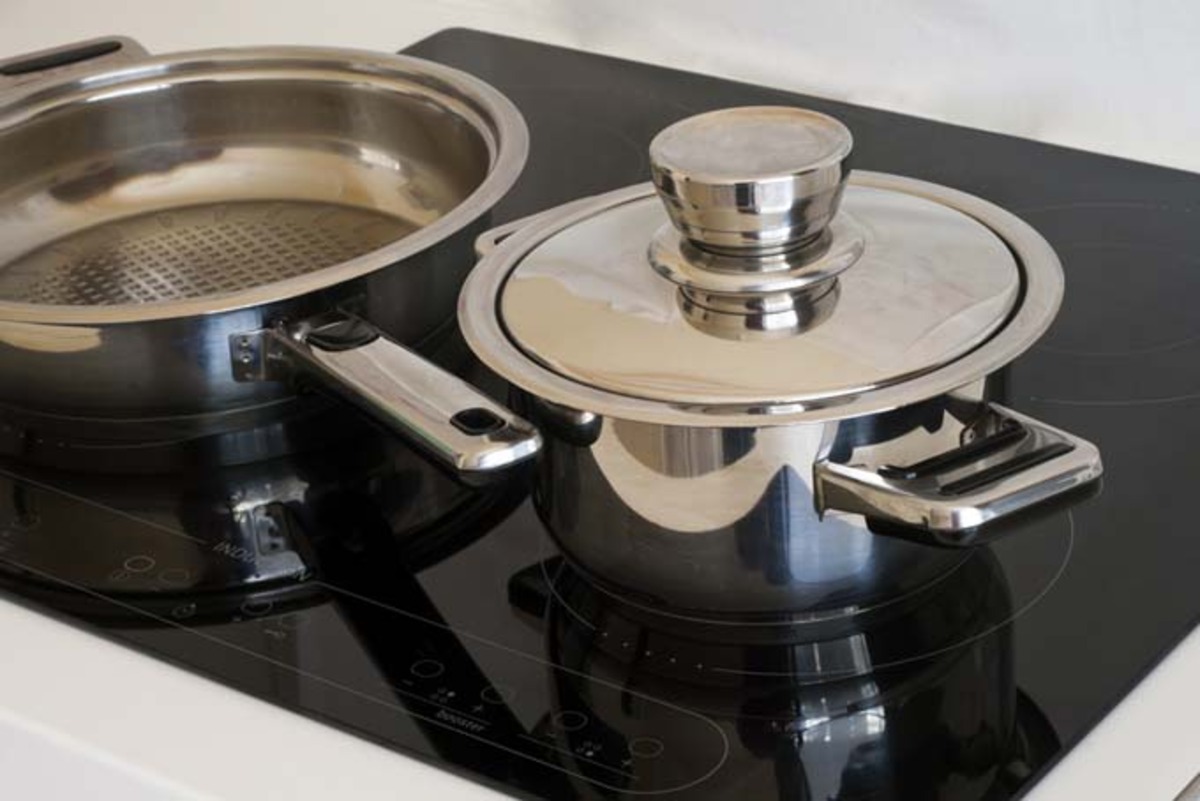

Articles
What Kind Of Pans Can You Use With An Induction Cooktop
Modified: January 20, 2024
Discover the top choice of pans that are compatible with your induction cooktop in this informative article. Find out which types provide the best cooking results and ensure efficient heat distribution.
(Many of the links in this article redirect to a specific reviewed product. Your purchase of these products through affiliate links helps to generate commission for Storables.com, at no extra cost. Learn more)
Introduction
Welcome to the world of induction cooking! If you are considering investing in an induction cooktop or already have one, it’s essential to understand the type of pans that are compatible with this innovative cooking technology. Induction cooktops have gained popularity in recent years due to their efficiency, precise temperature control, and sleek design. However, they require specific cookware made from materials that can engage with the built-in electromagnets.
In this article, we will explore the principles behind induction cooking, the advantages of induction cooktops, and the different types of pans that can be used with them. We will also discuss the materials to look for when choosing cookware for induction cooktops and the cookware to avoid.
Before we dive into the world of induction-compatible pans, let’s first understand how induction cooktops work.
Key Takeaways:
- Induction cooktops require pans made from magnetic materials like cast iron, stainless steel, and carbon steel for efficient cooking. Avoid non-magnetic materials such as aluminum and copper unless they have an induction-compatible base or an adapter.
- Proper maintenance and cleaning of induction cookware are essential for longevity and optimal performance. Follow manufacturer’s instructions, hand wash with gentle agents, and store properly to keep your cookware in top condition.
Read more: What Can I Use On Induction Cooktop
Understanding Induction Cooktops
Induction cooktops are a type of stovetop that use electromagnetic fields to directly heat the cookware. Unlike traditional gas or electric cooktops, induction cooktops don’t rely on open flames or heating elements. Instead, they generate a magnetic field below the glass surface, which creates an electric current in the compatible cookware. This current then produces heat, which is transferred to the food inside the pan.
One of the significant advantages of induction cooktops is their speed and precision. They heat up much faster than gas or electric cooktops, thanks to the direct electromagnetic transfer of energy. Induction cooktops also provide better temperature control, allowing for more precise cooking, simmering, and quick adjustments.
Another benefit of induction cooktops is their energy efficiency. Since the heat is generated directly in the cookware, there is minimal heat loss. This means that induction cooktops waste less energy compared to other cooking methods, making them an environmentally friendly option. Additionally, their flat glass surface is easy to clean and maintain.
However, it’s important to note that not all pans are suitable for use with induction cooktops. Due to the specific requirements of induction heating, only pans made from certain materials can be used effectively.
Now that we have an understanding of how induction cooktops work let’s explore the advantages they offer.
The Principle Behind Induction Cooking
Induction cooking relies on the principle of electromagnetic induction, which involves the interaction between a magnetic field and an electric current. In induction cooktops, a series of copper coils are placed beneath the glass surface. When an electric current flows through these coils, it generates a magnetic field.
When a compatible pan made from magnetic material, such as cast iron or stainless steel, is placed on the induction cooktop, the magnetic field induces an electric current within the pan. This current creates resistance, resulting in the production of heat. The heat is then transferred from the pan to the food.
Unlike traditional gas or electric stoves, where the heat is generated externally and then transferred to the cookware, induction cooking heats the pan directly. This leads to faster heating times and more precise temperature control.
It’s important to note that only cookware made from magnetic materials can be used effectively with induction cooktops. Non-magnetic materials, such as aluminum, copper, and glass, will not be compatible as they do not respond to the magnetic field and will not generate sufficient heat for cooking.
Now that we’ve covered the principle behind induction cooking, let’s explore the advantages that this cooking technology offers.
Advantages of Induction Cooktops
Induction cooktops offer several advantages that make them a popular choice among home cooks and professional chefs alike. Let’s explore some of the key benefits of using induction cooktops:
- Speed and Efficiency: Induction cooktops heat up significantly faster than traditional stoves. The direct transfer of heat to the cookware allows for quick and precise temperature adjustments. This speed and efficiency can save you valuable time in the kitchen, making induction cooktops ideal for those who lead a busy lifestyle or enjoy cooking meals with time constraints.
- Precise Temperature Control: Induction cooktops provide precise temperature control, allowing for more accurate cooking. Whether you need to simmer delicate sauces or sear a steak to perfection, induction cooktops offer a wide range of temperature settings for various cooking techniques. The ability to fine-tune the heat ensures that your dishes are cooked exactly the way you want them.
- Energy Efficiency: Induction cooktops are highly energy-efficient due to their direct heat transfer mechanism. The magnetic field generated by the cooktop interacts only with the compatible cookware, minimizing heat loss and maximizing energy utilization. This efficiency not only saves you money on your energy bills but also reduces your carbon footprint.
- Safety Features: Induction cooktops prioritize safety with their built-in features. Since the cooktop surface doesn’t get as hot as a gas or electric stove, there is a reduced risk of burns. Additionally, most induction cooktops have features like automatic shut-off and child locks, providing peace of mind, especially for households with small children.
- Easy to Clean: The smooth, glass surface of induction cooktops makes cleaning a breeze. Since the cookware directly heats up, there is minimal spillover onto the surface. Any stray food or liquid can be easily wiped away with a damp cloth, keeping your cooktop looking sleek and spotless.
With their speed, precision, energy efficiency, safety features, and easy maintenance, induction cooktops offer a modern and convenient cooking experience. However, to fully harness their benefits, it’s crucial to choose the right cookware for your induction cooktop. Let’s explore the types of pans that are compatible with induction cooking in the next section.
Choosing the Right Cookware for Induction Cooktops
When it comes to choosing cookware for your induction cooktop, it’s essential to select pans that are compatible with the magnetic field generated by the cooktop. Not all materials can engage with the built-in electromagnets, so it’s crucial to look for specific features that make cookware suitable for induction cooking.
Here are some important factors to consider when choosing cookware for your induction cooktop:
- Magnetic Material: Induction cooktops require pans made from magnetic materials that can generate an electric current when in contact with the magnetic field. The most commonly used magnetic materials for induction cookware are cast iron and stainless steel. These materials have a high iron content, allowing them to respond effectively to the magnetic field.
- Flat and Smooth Bottom: The bottom surface of the pan should be flat and smooth to ensure maximum contact with the induction cooktop. Avoid cookware with warped or uneven bottoms as they can impede heat transfer and result in uneven cooking.
- Induction-Compatible Symbol: Look for the induction-compatible symbol or label on the cookware packaging or product description. This symbol indicates that the pan is designed specifically for use with induction cooktops. It ensures compatibility and optimal performance.
- Weight and Thickness: Choose cookware that is heavy enough to distribute heat evenly. Thicker pans tend to offer better heat retention and control, ensuring consistent cooking results.
- Safe Handles: Pay attention to the handles of the cookware. Make sure they are securely attached and can withstand high temperatures. Double-riveted or welded handles are often more durable and provide a sturdy grip.
By selecting cookware that meets these criteria, you can ensure efficient heat transfer and optimal cooking performance on your induction cooktop.
Now that we have discussed the factors to consider when choosing cookware for induction cooktops, let’s explore the materials that are compatible with these cooktops and provide the best results.
Materials Compatible with Induction Cooktops
Induction cooktops work by creating a magnetic field that interacts with the cookware. Therefore, it’s important to choose pans made from materials that are magnetic and can effectively engage with the magnetic field. The following materials are compatible with induction cooktops:
- Cast Iron: Cast iron pans are excellent choices for induction cooking. Due to their high iron content, they are highly responsive to the magnetic field and distribute heat evenly. Cast iron pans are known for their excellent heat retention, making them ideal for searing, frying, and braising.
- Stainless Steel: Stainless steel pans with a magnetic base are another popular option for induction cooktops. To ensure compatibility, look for pans labeled as “induction-ready” or with a magnetic symbol. Stainless steel pans offer durability, even heat distribution, and are resistant to rust and corrosion.
- Enamel-Coated Cast Iron: Certain brands offer enamel-coated cast iron pans that are compatible with induction cooktops. These pans provide the benefits of cast iron, such as excellent heat retention and even cooking, while also featuring an enamel coating for easier cleaning and maintenance.
- Induction-Compatible Stainless Steel Clad: Some cookware manufacturers create pans with a stainless steel exterior and an aluminum or copper core. These pans, known as stainless steel clad or tri-ply pans, are compatible with induction cooktops. The stainless steel provides the induction compatibility, while the aluminum or copper core ensures efficient heat distribution.
- Carbon Steel: Carbon steel pans, similar to cast iron, are made with a high iron content, making them magnetic and suitable for induction cooking. These pans offer excellent heat retention, durability, and are commonly used for stir-frying, sautéing, and browning.
These materials are known for their compatibility with induction cooktops and deliver optimal heating results. It’s important to note that cookware made from aluminum, copper, glass, and non-magnetic stainless steel will not work on induction cooktops unless they have an induction-compatible base or construction.
Now that we know which materials are compatible, let’s discuss the types of pans that are best suited for induction cooktops.
When using an induction cooktop, it’s important to use pans that are made of magnetic materials such as cast iron, stainless steel, or certain types of aluminum. Non-magnetic pans, such as copper or glass, will not work on an induction cooktop.
Cookware to Avoid with Induction Cooktops
While induction cooktops offer numerous advantages, it’s important to note that not all types of cookware are compatible with this cooking technology. It’s crucial to avoid using certain materials that are not magnetic and will not work effectively on induction cooktops. Here are some types of cookware to avoid:
- Aluminum: Aluminum pans are not compatible with induction cooktops as aluminum is not magnetic. These pans will not heat up properly, resulting in inefficient cooking performance. However, some manufacturers offer aluminum pans with induction-compatible bases, so be sure to check for the induction symbol before purchasing.
- Copper: Copper pans are also not compatible with induction cooktops due to their non-magnetic nature. These pans will not respond to the magnetic field, and therefore, will not heat up efficiently. If you still want to use copper cookware on an induction cooktop, look for pans with an induction-compatible base or consider using a copper disk adapter.
- Glass and Ceramic: Glass and ceramic cookware are not suitable for induction cooktops as they do not have magnetic properties. They will not generate heat when placed on the induction cooktop. However, some brands have started to produce induction-compatible glass or ceramic cookware with a magnetic base, so be sure to check for compatibility before purchasing.
By avoiding these types of cookware and selecting pans made from magnetic materials, you can ensure optimal performance and efficient cooking on your induction cooktop.
Now that you’re aware of the cookware to avoid, let’s dive into the best types of pans that are compatible and recommended for use with induction cooktops.
Best Types of Pans for Induction Cooktops
When it comes to selecting pans for induction cooktops, there are several options that work exceptionally well with this cooking technology. These pans are made from magnetic materials and provide excellent heat transfer and performance. Here are some of the best types of pans for induction cooktops:
- Cast Iron: Cast iron pans are a top choice for induction cooktops. They have excellent heat retention and distribution, making them perfect for searing, frying, and slow cooking. Cast iron pans take a little longer to heat up initially, but once they reach the desired temperature, they hold it well, providing consistent heat throughout the cooking process.
- Stainless Steel: Stainless steel pans with an induction-compatible base or construction are widely used on induction cooktops. They offer durability, even heat distribution, and are resistant to rust and corrosion. Stainless steel pans are versatile and can be used for various cooking techniques, including sautéing, simmering, and boiling.
- Carbon Steel: Carbon steel pans are similar to cast iron pans in terms of performance and are great for induction cooking. They have excellent heat conductivity, allowing for even heating and precise cooking control. Carbon steel pans are commonly used for stir-frying, sautéing, and browning.
- Induction-Compatible Stainless Steel Clad: Pans with a stainless steel exterior and an aluminum or copper core are known as stainless steel clad or tri-ply pans. They are compatible with induction cooktops and offer the benefits of both stainless steel and aluminum or copper pans. These pans provide even heat distribution and efficient cooking performance.
- Enamel-Coated Cast Iron: Some manufacturers offer cast iron pans with an enamel coating, which provides additional benefits such as easier cleaning and maintenance. Enamel-coated cast iron pans are compatible with induction cooktops and deliver excellent heat retention and distribution.
These types of pans are highly recommended for use with induction cooktops due to their magnetic properties and ability to handle the high heat generated by induction cooking. They provide excellent cooking results and are durable for long-term use.
However, it’s important to note that the quality and construction of the pan also play a significant role in its performance on an induction cooktop. Look for pans with a flat and smooth bottom, sturdy handles, and an appropriate weight to ensure optimal heat transfer and cooking experience.
Now that you are aware of the best types of pans for induction cooktops, let’s explore some non-magnetic cookware alternatives for those who may not have induction-compatible pans.
Non-Magnetic Cookware Alternatives
If you don’t have induction-compatible pans or are looking for alternatives to magnetic cookware, there are still options available for you to use on your induction cooktop. While these alternatives may not directly interact with the magnetic field, they can still work effectively with the help of an induction disk adapter. Here are some non-magnetic cookware alternatives:
- Aluminum or Copper Pans with Induction Disk Adapter: If you have non-magnetic aluminum or copper pans that you would like to use on your induction cooktop, you can invest in an induction disk adapter. This is a flat, magnetic disk that is placed between the cookware and the induction cooktop. The adapter transfers the magnetic energy to the non-magnetic pan, allowing it to heat up and cook your food.
- Glass or Ceramic Cookware with Induction-Compatible Base: Some brands now offer glass or ceramic cookware with an induction-compatible base. These pans have a layer of magnetic material embedded in the base, enabling them to work on induction cooktops. When purchasing glass or ceramic cookware, look for the induction-compatible symbol or label to ensure that they can be used safely and effectively.
- Induction-Safe Cookware Sets: Another option is to invest in induction-safe cookware sets that include a variety of pans specifically designed for use with induction cooktops. These sets often include a combination of magnetic materials such as stainless steel, cast iron, or carbon steel pans, ensuring compatibility and optimal performance.
While using an induction disk adapter or induction-compatible non-magnetic cookware is a solution, it’s important to note that the heat conductivity and performance may not be as efficient as using induction-compatible pans made from magnetic materials. However, it does provide an opportunity to utilize your existing non-magnetic cookware on an induction cooktop.
Now that we’ve explored non-magnetic cookware alternatives, let’s move on to discussing how to maintain and clean your induction cookware.
Read also: 10 Amazing Induction Cooktop Pan For 2024
Maintaining and Cleaning Induction Cookware
Proper maintenance and cleaning of your induction cookware are essential to ensure its longevity and optimal performance. Here are some tips to help you maintain and keep your induction cookware clean:
- Follow Manufacturer’s Instructions: Always refer to the manufacturer’s instructions and guidelines specific to each piece of cookware. Different materials and coatings may have unique care requirements, so it’s important to follow the recommended cleaning methods to avoid damage.
- Allow Cookware to Cool: After cooking, allow your induction cookware to cool down before cleaning it. Placing hot pans directly in cold water or using harsh abrasives can cause thermal shock and damage the cookware.
- Hand Washing is Preferred: It is generally recommended to hand wash your induction cookware rather than using a dishwasher. Harsh dishwasher detergents and high temperatures can degrade the finish and performance of the cookware over time.
- Use Gentle Cleaning Agents: Avoid using harsh scrub brushes, abrasive sponges, or metal scouring pads, as they can scratch or damage the surface of your cookware. Instead, opt for soft sponges or non-abrasive dishcloths to clean the pans gently.
- Stuck-on Food: For stubborn food particles or residue, soak the cookware in warm soapy water for a few minutes to loosen the debris. Then, use a sponge or non-abrasive brush to gently scrub the surface. Avoid using harsh chemical cleaners that can degrade the cookware’s finish.
- Season Cast Iron and Carbon Steel: If you are using cast iron or carbon steel pans, it’s important to season them regularly to maintain their non-stick surface and prevent rust. To season, apply a thin layer of oil to the pan, heat it for a few minutes on low heat, and then let it cool. Wipe off any excess oil. Repeat this process periodically to keep the seasoning intact.
- Store Properly: When storing your induction cookware, make sure it is completely dry to prevent any moisture from causing rust or tarnish. Stack the pans with protective padding or use pan protectors to prevent scratching or damaging the surface.
By following these maintenance and cleaning practices, you can extend the lifespan of your induction cookware and keep it in excellent condition for years to come.
Now that we’ve covered how to maintain and clean your induction cookware let’s wrap up our article.
Conclusion
In conclusion, choosing the right cookware for your induction cooktop is crucial to ensure efficient and effective cooking results. Induction cooktops offer numerous advantages such as speed, precise temperature control, energy efficiency, and safety features. By selecting pans made from magnetic materials like cast iron, stainless steel, carbon steel, or induction-compatible stainless steel clad, you can fully harness the benefits of induction cooking.
It’s important to avoid using non-magnetic materials such as aluminum, copper, glass, or ceramic pans unless they have an induction-compatible base or can be used with an induction disk adapter. These alternatives provide a way to utilize non-magnetic cookware on induction cooktops, albeit with some compromises in heat distribution and performance.
Maintaining and cleaning your induction cookware is essential to prolong its lifespan and ensure optimal cooking performance. Follow the manufacturer’s instructions, hand wash with gentle cleaning agents, and store properly to keep your cookware in top condition.
Remember, the compatibility of your cookware with your induction cooktop plays a significant role in achieving the best cooking experience. Investing in high-quality, induction-compatible pans will not only enhance your cooking but also prolong the life of your cookware.
Now that you are equipped with knowledge about choosing the right cookware, understanding the principles of induction cooking, and maintaining your induction cookware, you can confidently explore the world of culinary delights with your induction cooktop. Enjoy the benefits of precise temperature control, energy efficiency, and quick cooking times as you create delicious meals in your kitchen!
Frequently Asked Questions about What Kind Of Pans Can You Use With An Induction Cooktop
Was this page helpful?
At Storables.com, we guarantee accurate and reliable information. Our content, validated by Expert Board Contributors, is crafted following stringent Editorial Policies. We're committed to providing you with well-researched, expert-backed insights for all your informational needs.
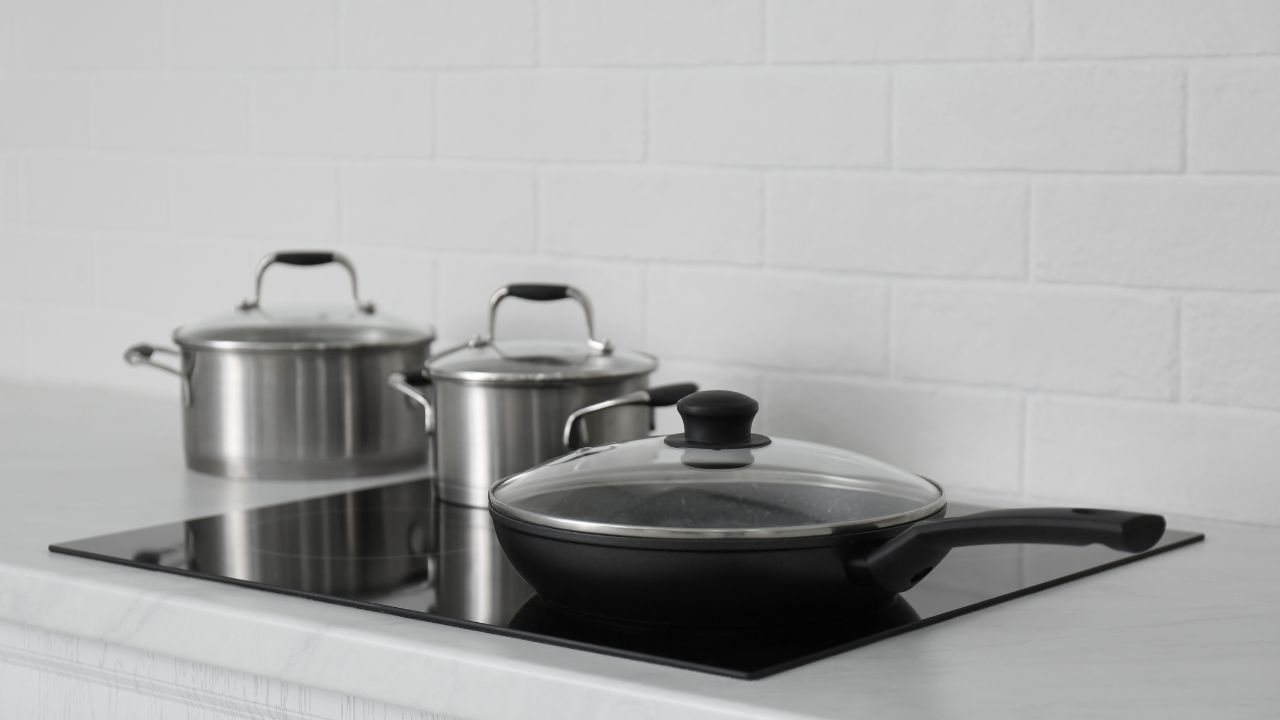
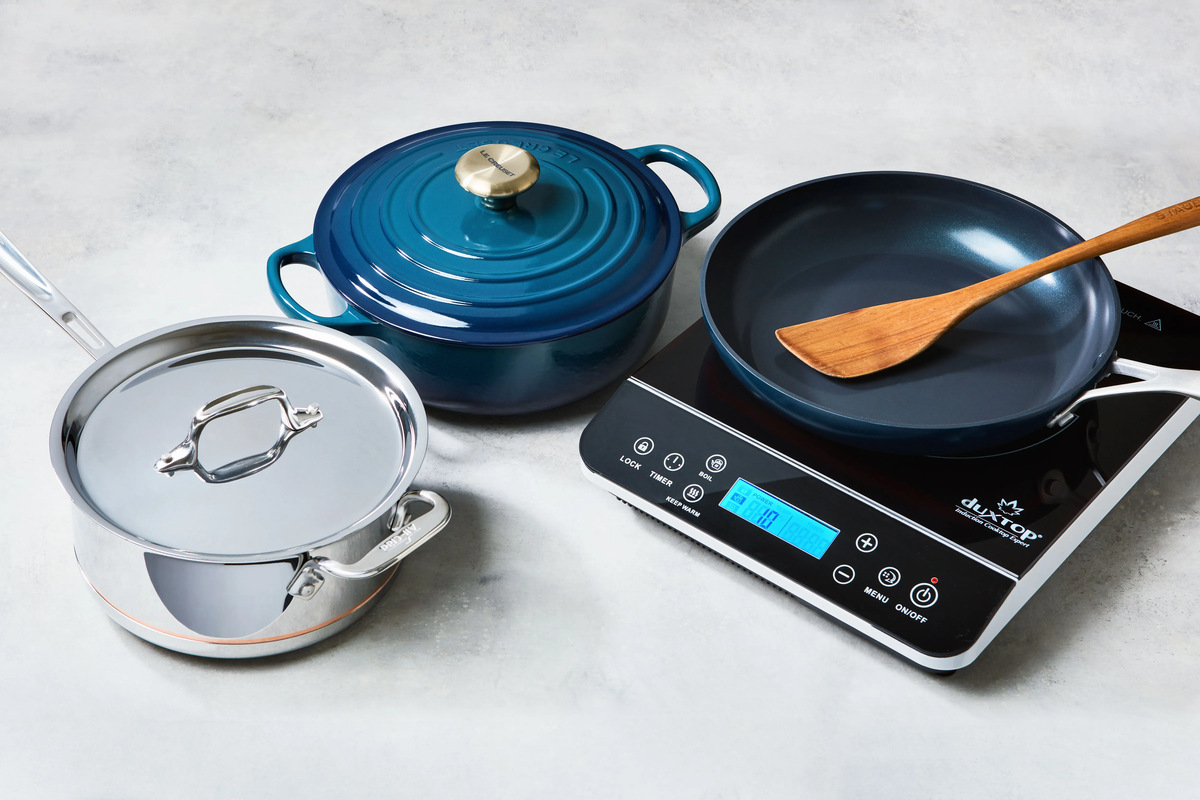
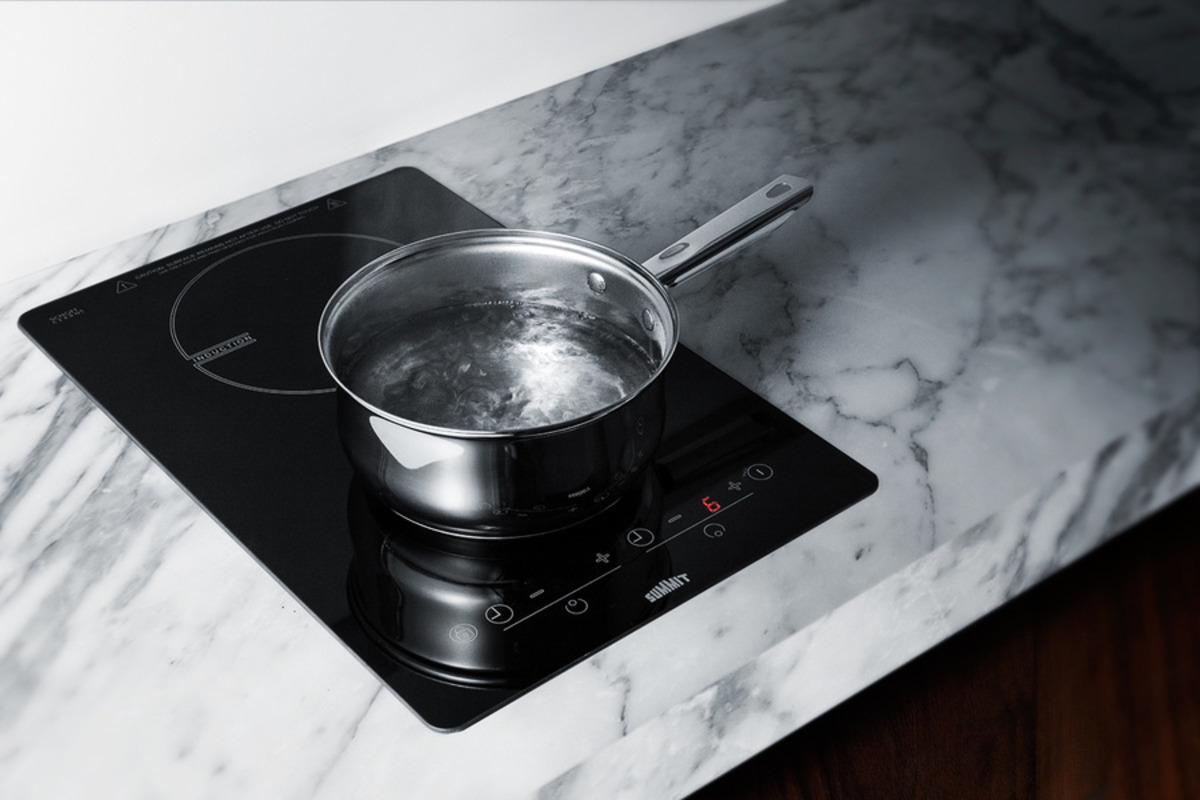
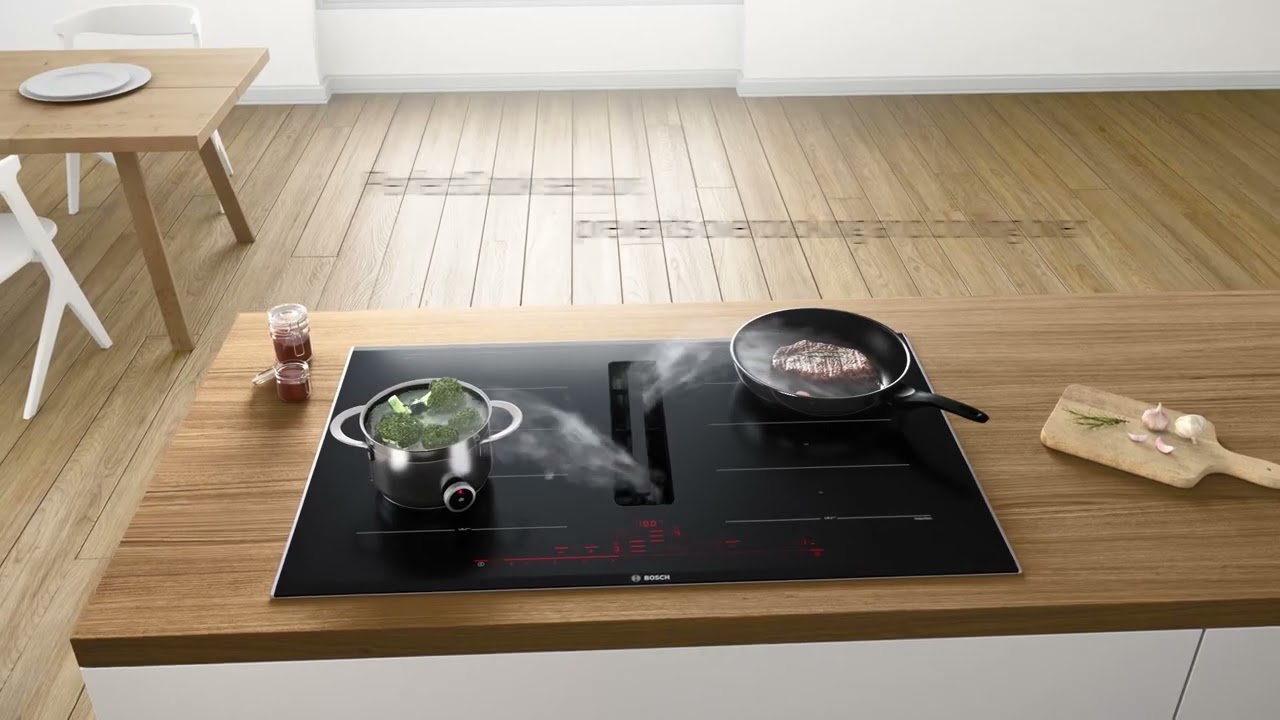
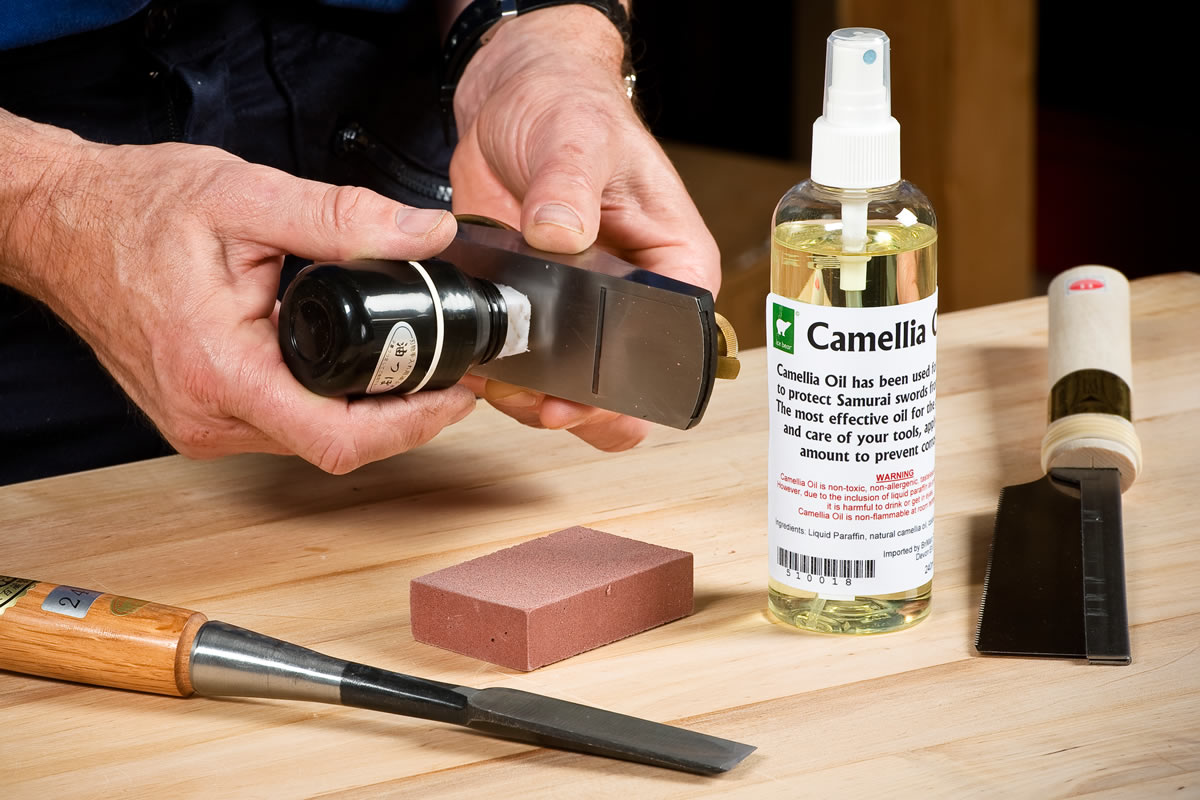
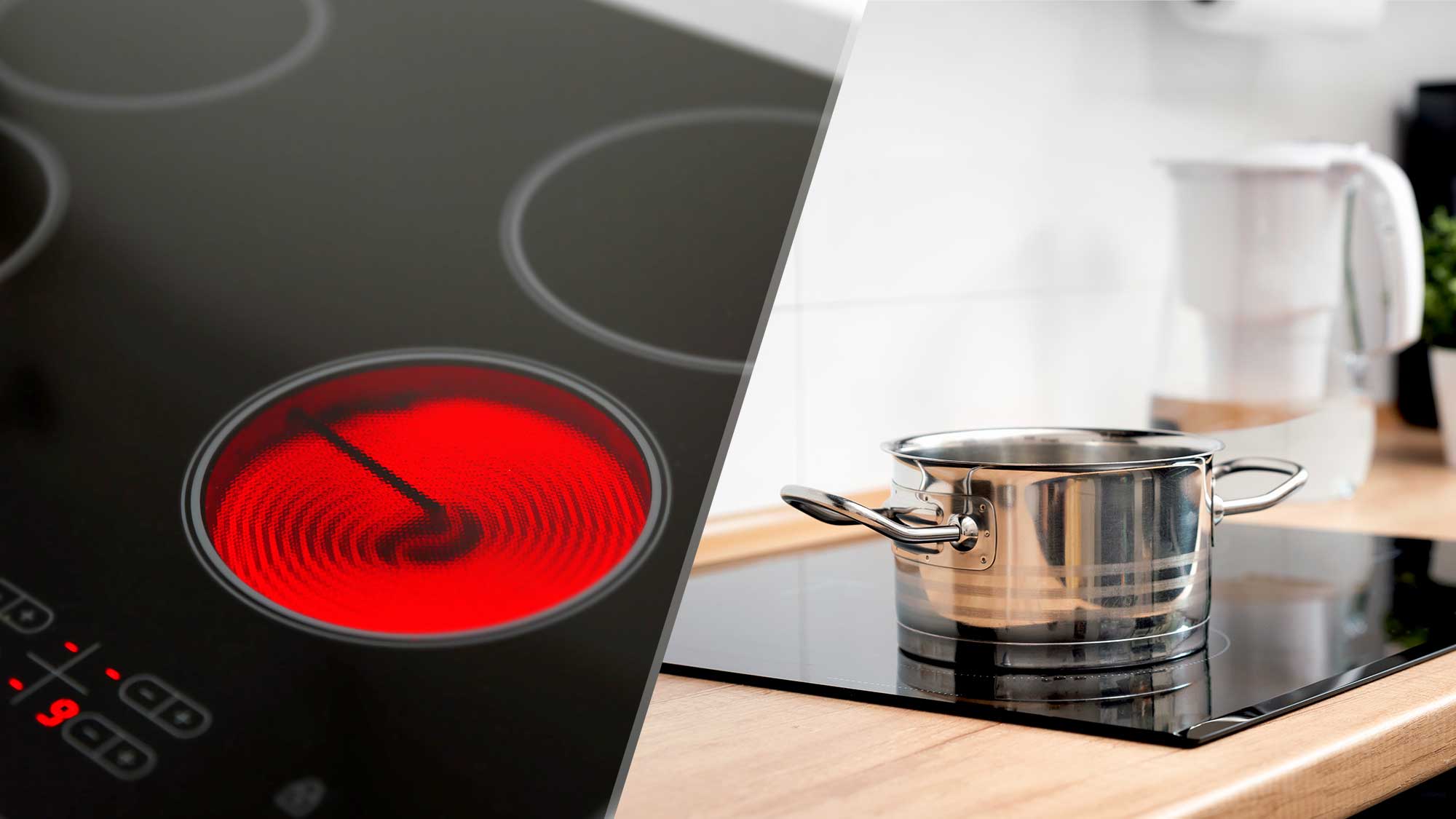
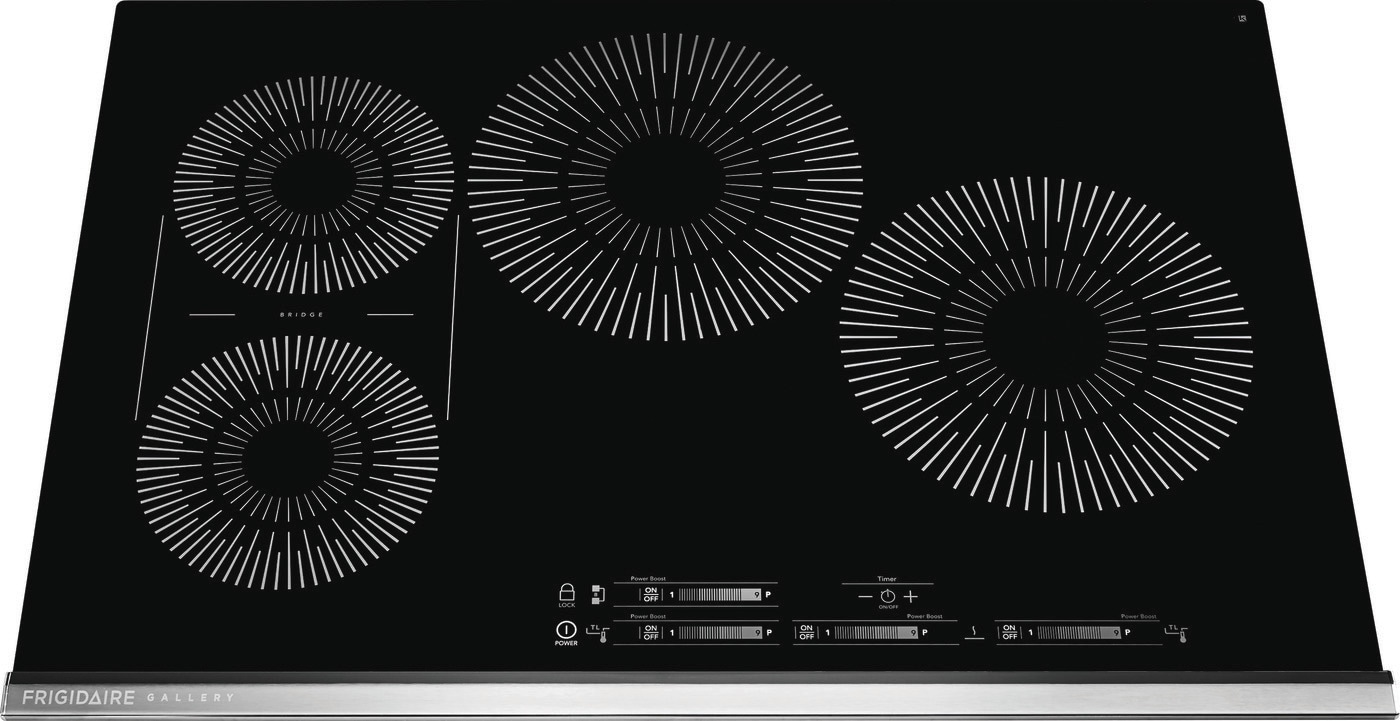
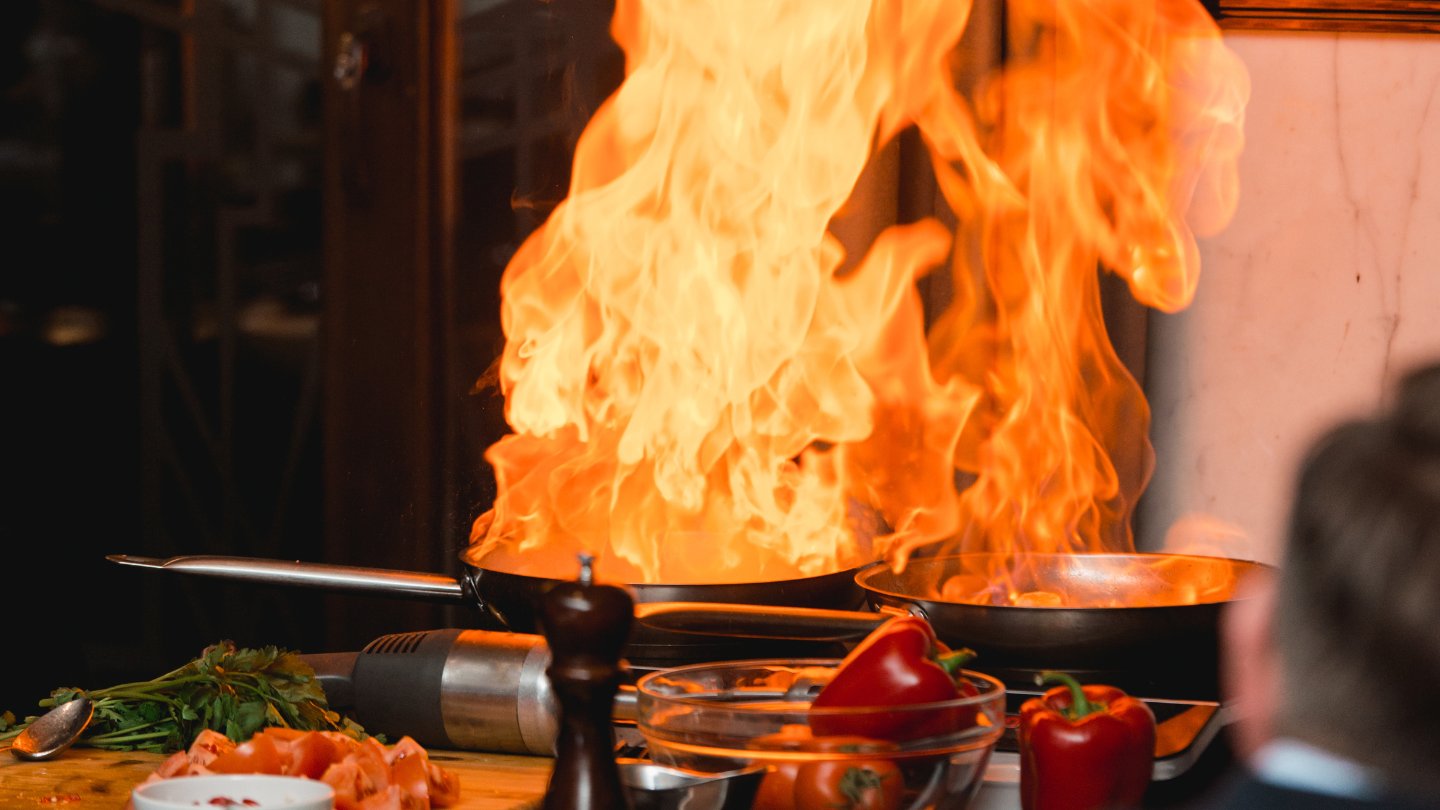
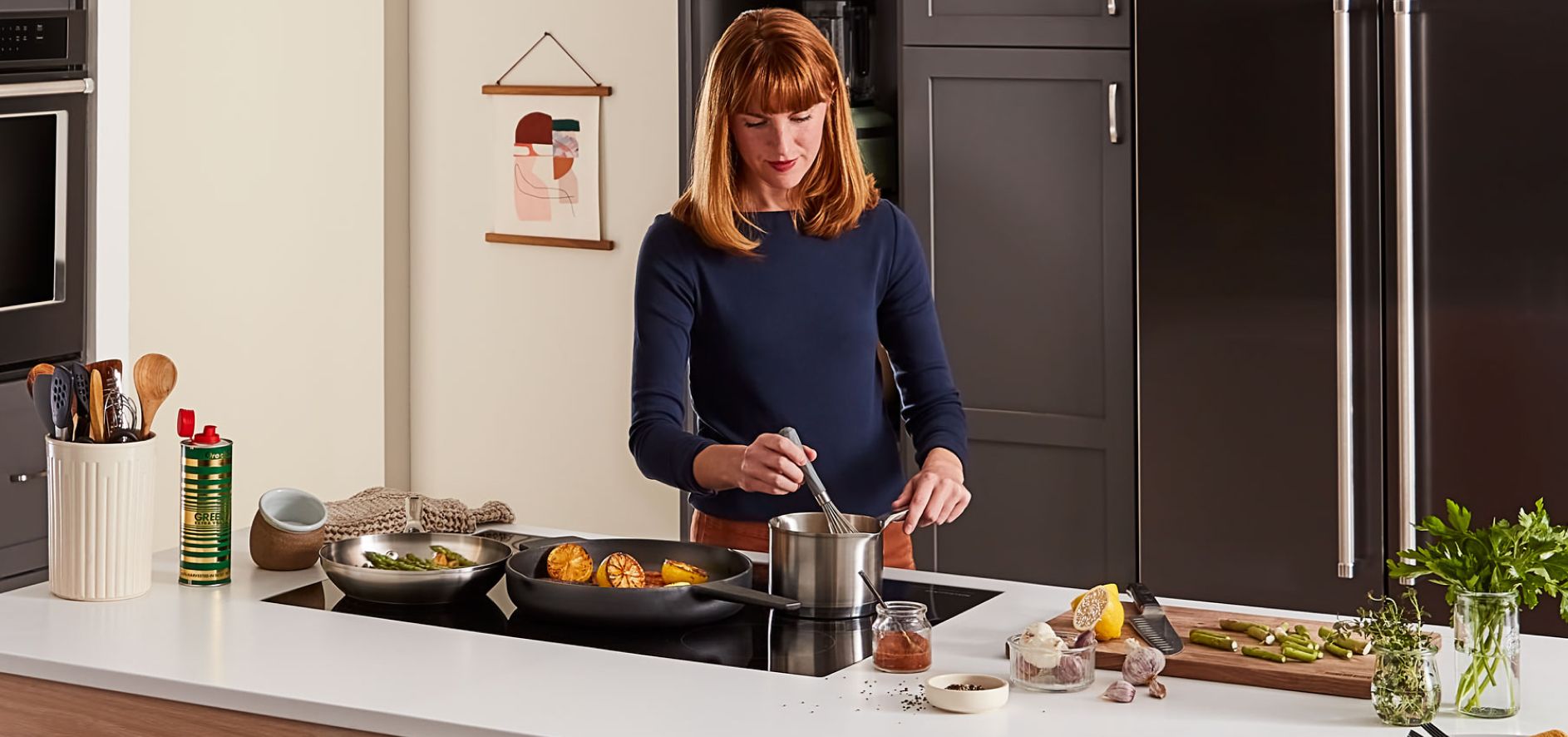
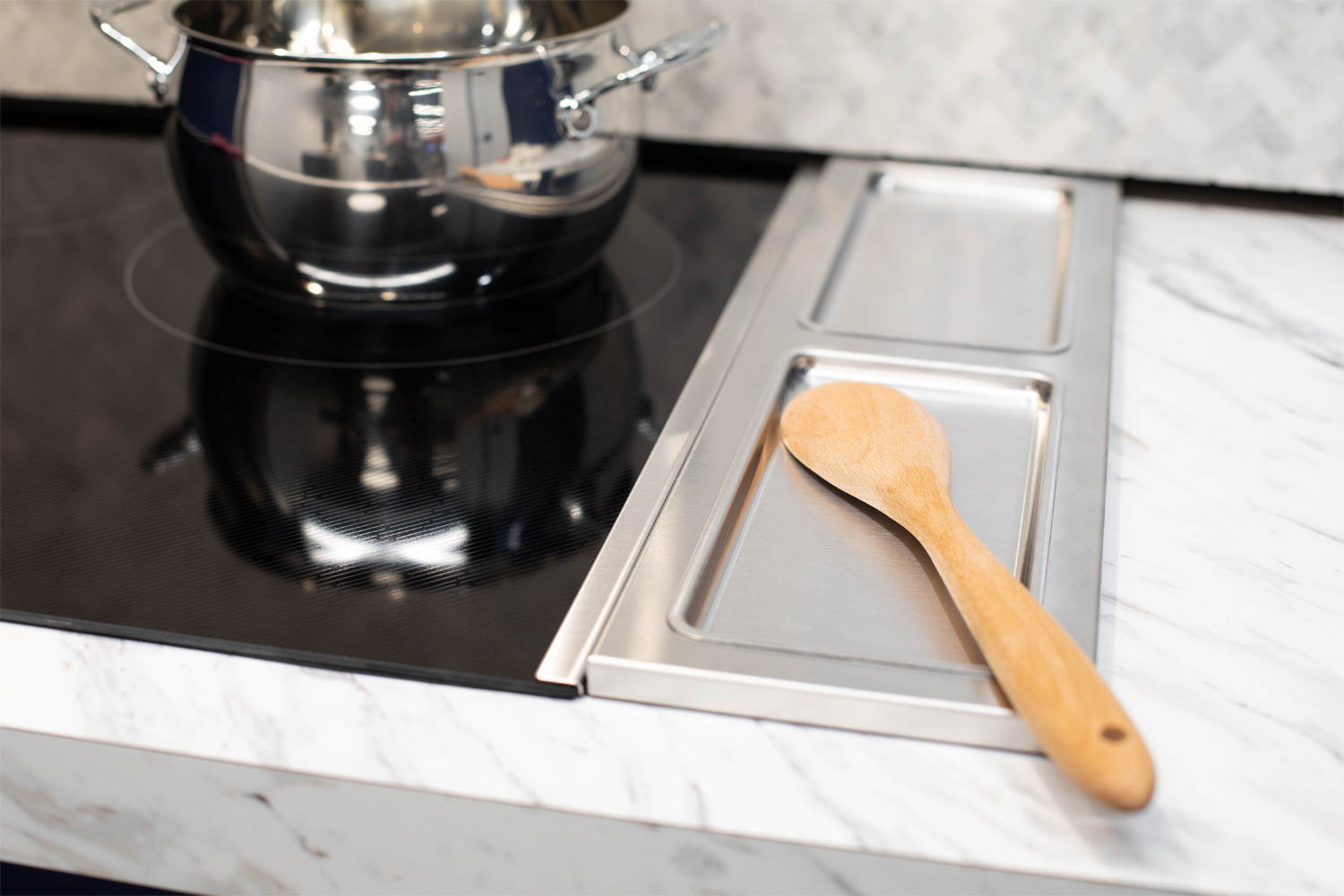
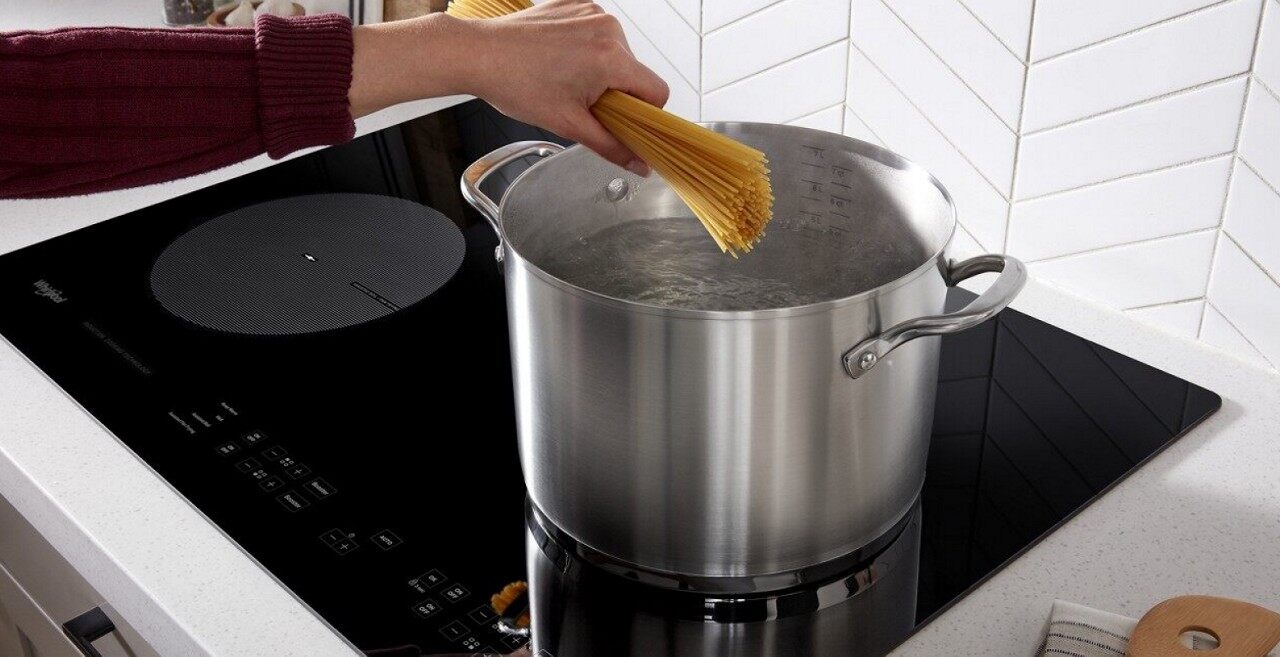
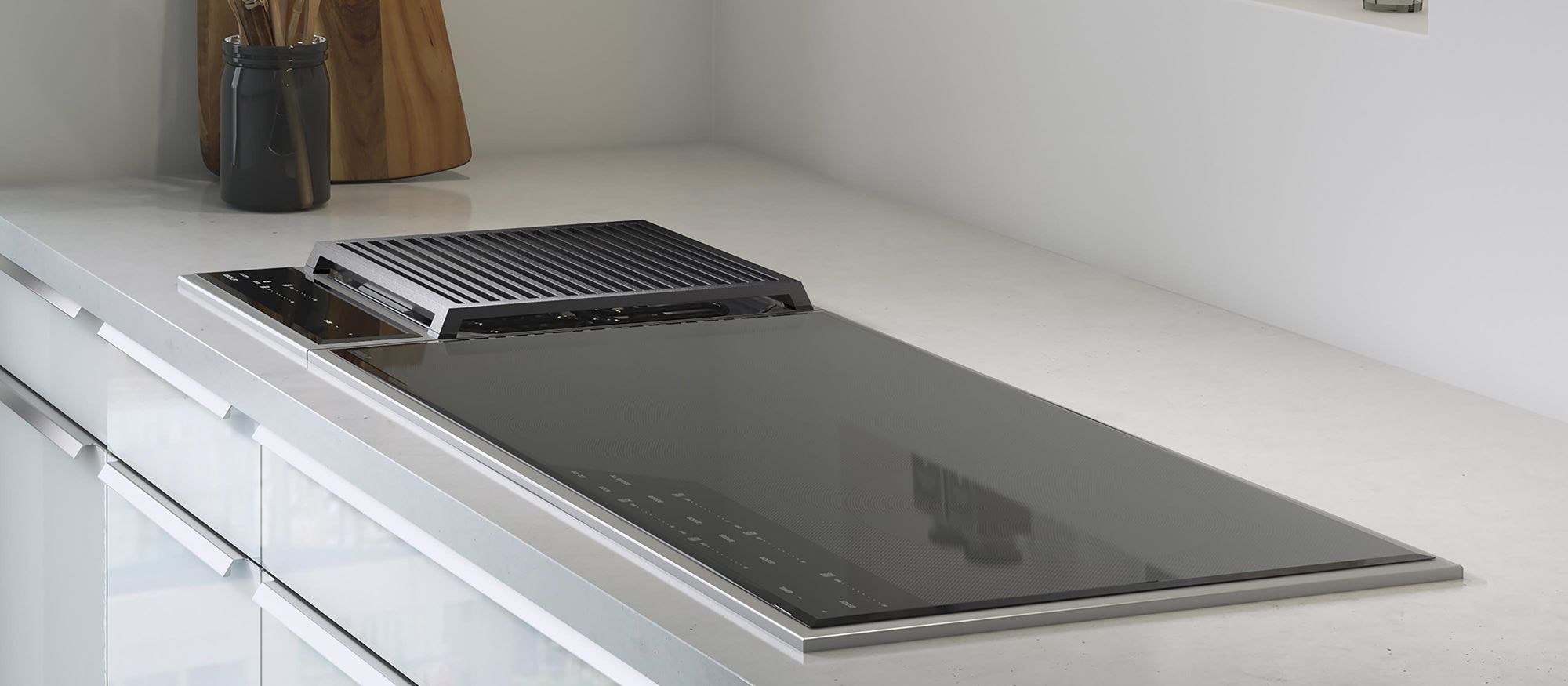
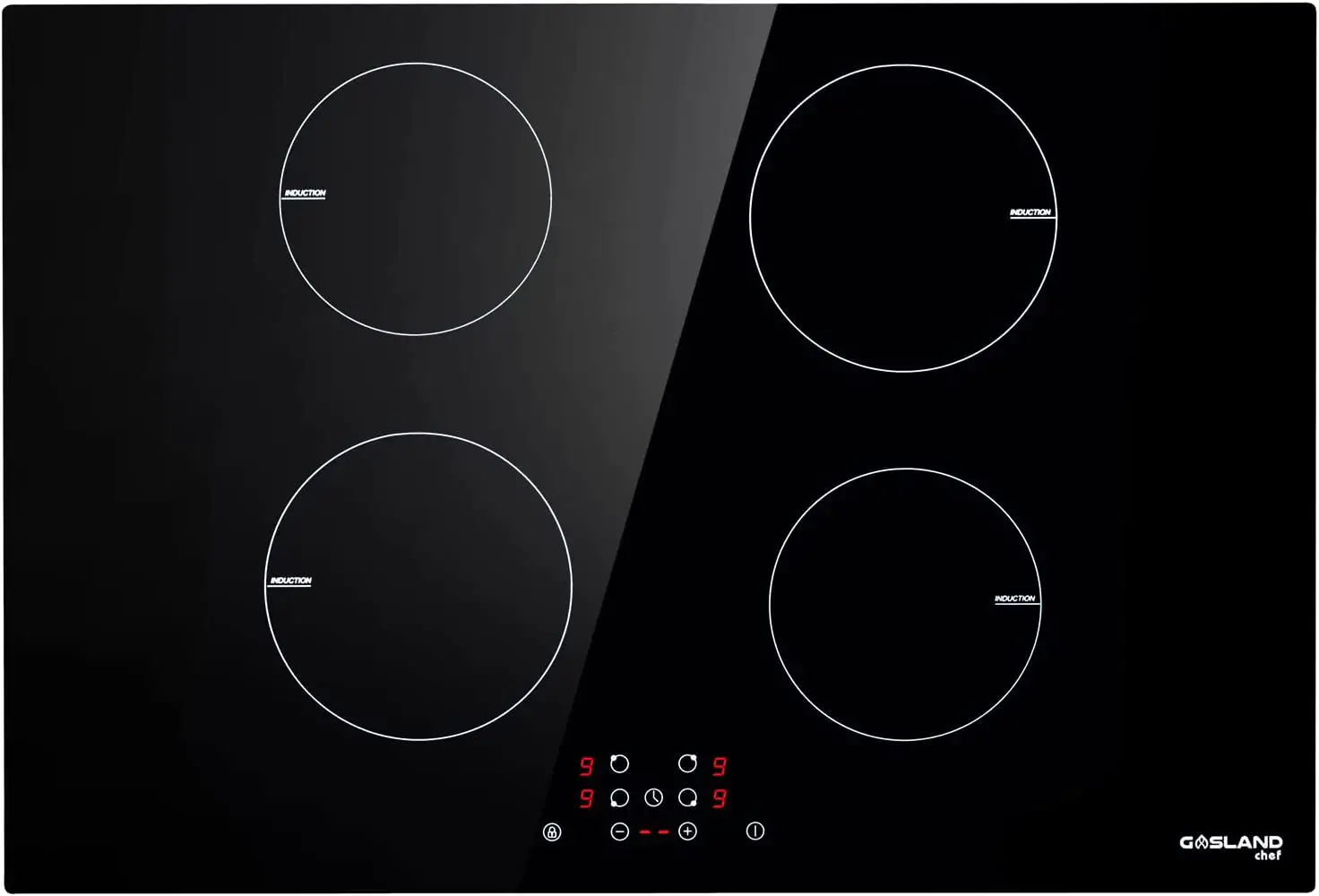

0 thoughts on “What Kind Of Pans Can You Use With An Induction Cooktop”